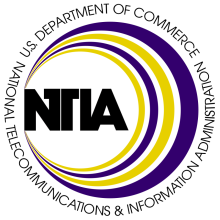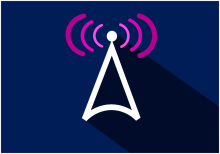Pennywise, Pound Foolish: Inside the BEAD Program’s Latest Shakeup - Episode 651 of the Community Broadband Bits Podcast

In this Monday edition of the podcast, Chris sits down again with Evan Feinman, former BEAD Director at NTIA, to unpack the fallout from the Trump administration’s sweeping changes to the BEAD program.
Feinman calls out the decision to prioritize short-term cost savings over long-term infrastructure, arguing that these policy shifts will slow progress, drive up monthly bills, and ultimately leave rural communities behind.
From satellite subsidies to the sidelining of fiber, they explore why the new guidance undermines state-level planning, threatens broadband quality, and may betray the very voters it claims to help.
This show is 40 minutes long and can be played on this page or via Apple Podcasts or the tool of your choice using this feed.
Transcript below.
We want your feedback and suggestions for the show-please e-mail us or leave a comment below.
Listen to other episodes or view all episodes in our index. See other podcasts from the Institute for Local Self-Reliance.
Thanks to Arne Huseby for the music. The song is Warm Duck Shuffle and is licensed under a Creative Commons Attribution (3.0) license








